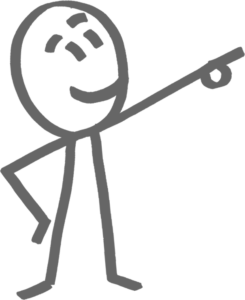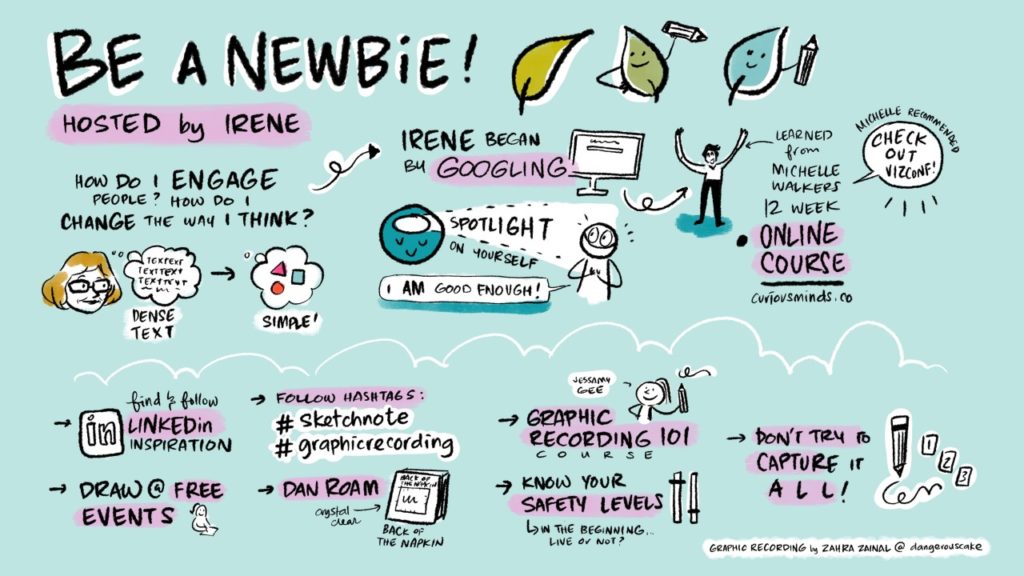









During the VizConf 2019 OpenSpace planning, when participants advertised their sessions and everyone voted for the ones they were interested in, collaboratively creating the daily agenda, a petite woman in her 50s came to the front. She smiled and said she wanted to lead a session on “How to be a newbie”. My heart sunk. I thought that after ‘serious’ topics like “Lettering for Lefties”, “Visualisation in Education”, and “Digital Scribing”, that we already had on the board, no one would want to hear her speak.
How wrong was I. Nearly every hand in the room shot up? “Being a newbie” was one of our most popular sessions that day. We talked about how hard it is to start something new and what resources, tools and tricks one can employ to help visualisation progress.
Plato said, “The beginning is the most important part of the work”. It is also often the hardest.
With the first month of 2020 over, have you begun taking steps towards being a more confident visual practitioner? Whether you are a professional or a complete amateur, becoming better at any aspect of visualisation begins with the single first step.
So, here are just a few “newbie” suggestions to help you start building your
visualisation muscles this year.
And the best bit? You can start making plans for 2020 visually. Grab a piece of paper, a marker and draw your visualisation journey for 2020.
If you need help – join our free video training here or ask for a visual career coaching session with Marcel here.
All you need to do is simply begin, and before you know it, you’ll no longer be a newbie.

The article was written by Natalia Tsygankova. Natalia has always loved words and talking to people. She has put that passion to good use and has been sharing people’s stories in the community radio, TV and print media for the last 10 years. Natalia is also a big fan of true storytelling events and regularly volunteers at the most famous one – The Moth, interviewing the winner. You can hear her own story of moving to Australia from Russia in 1999 here. Natalia believes that everyone has a story – So what’s yours? Contact her today to share your story.

